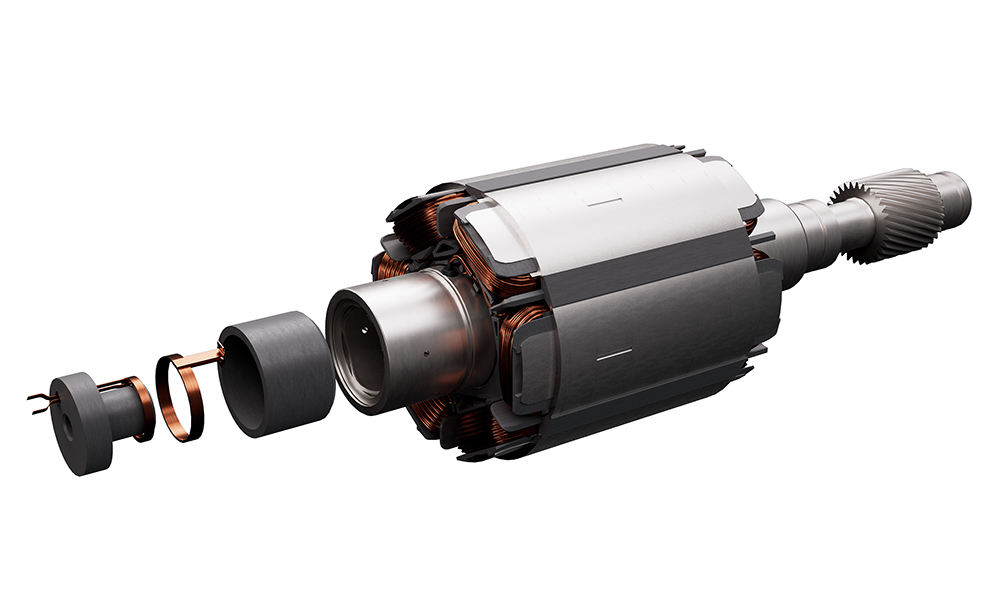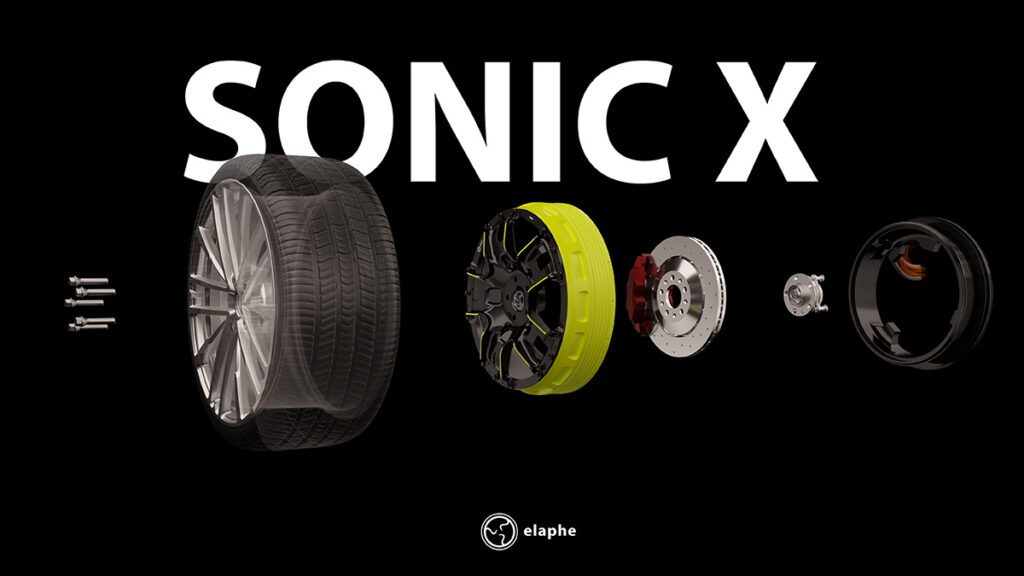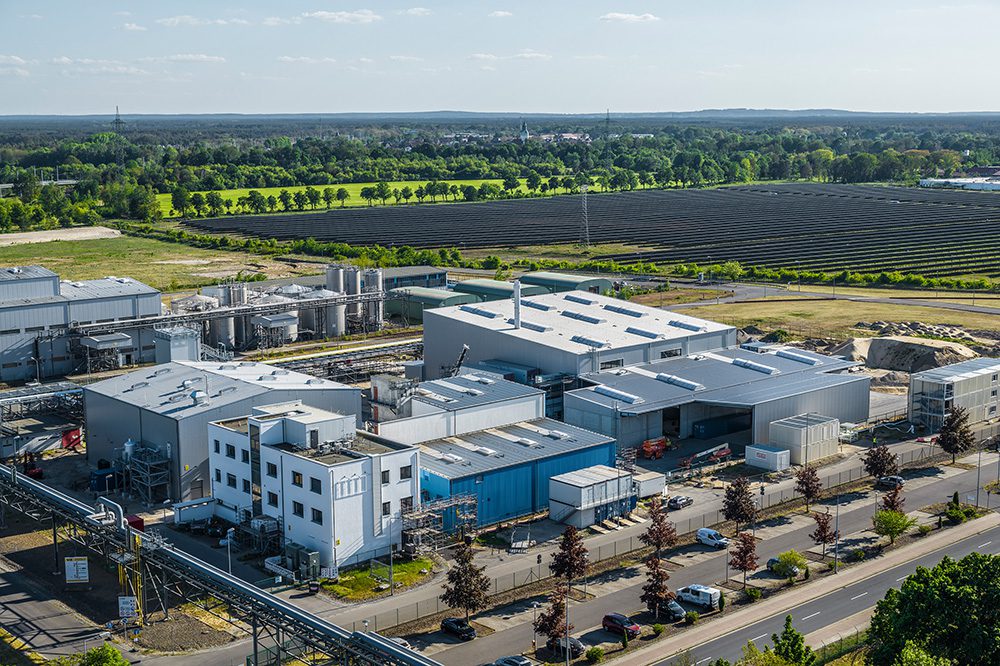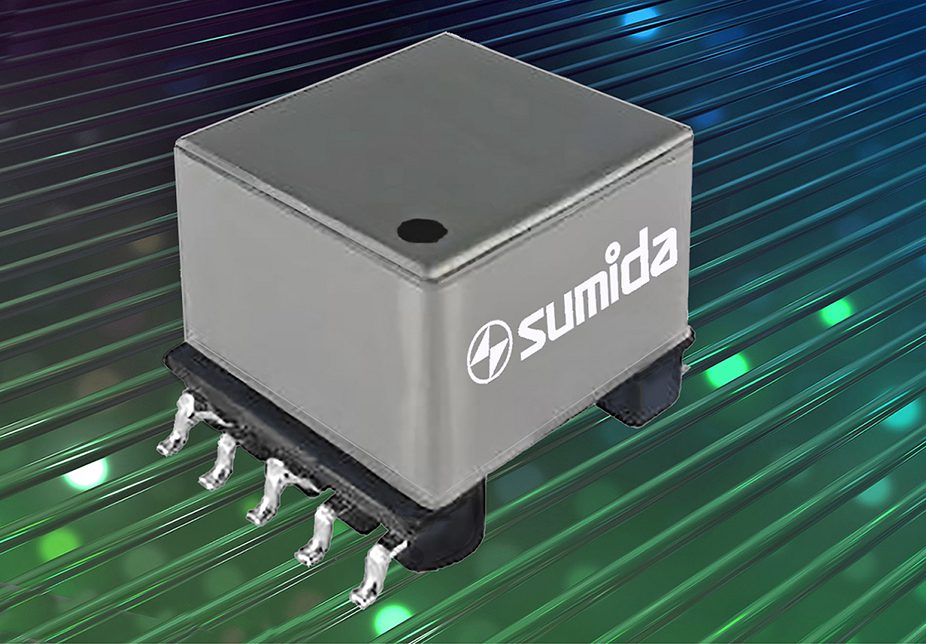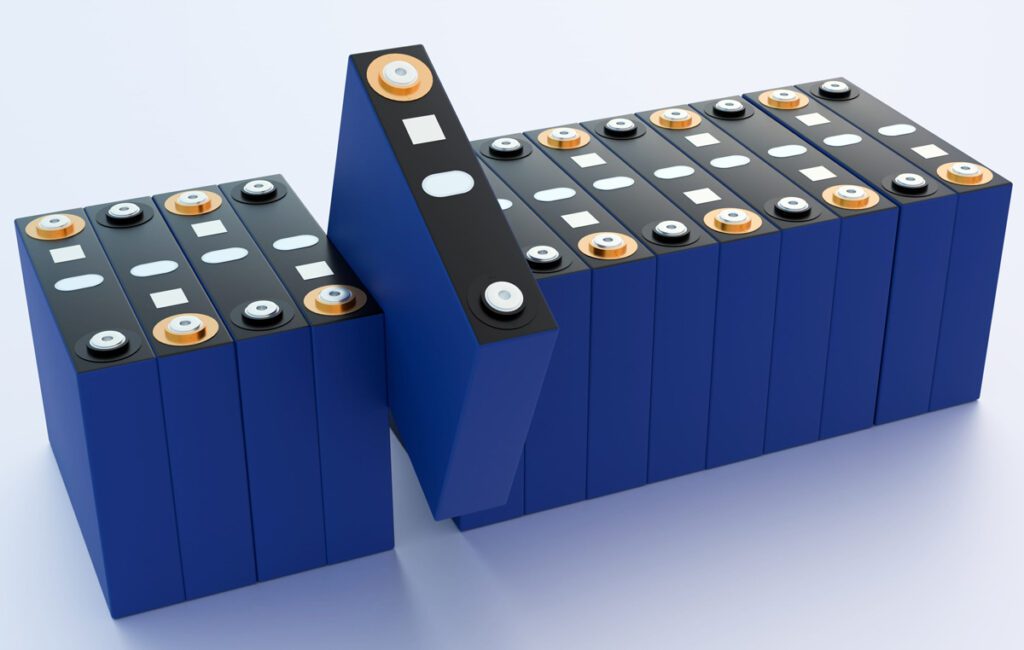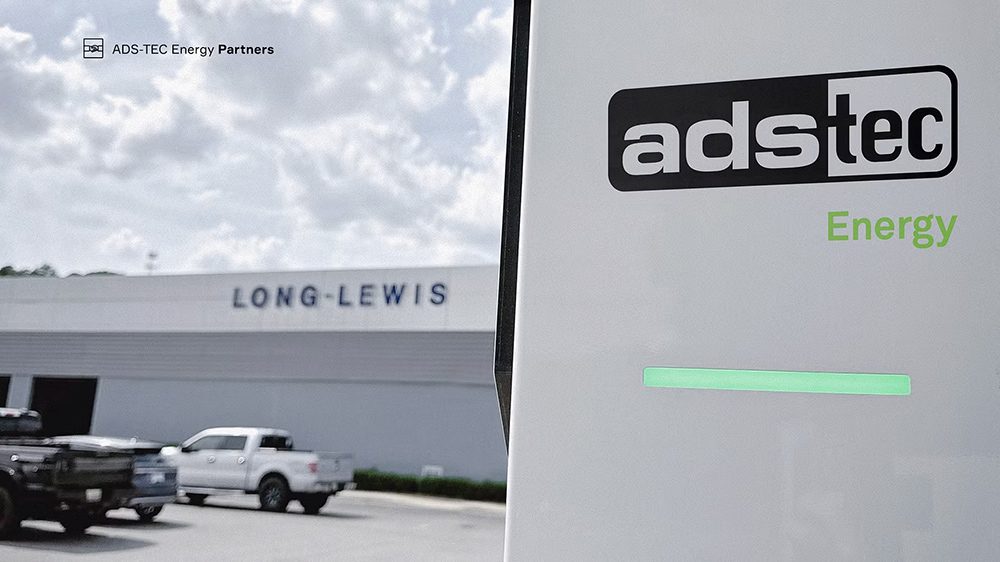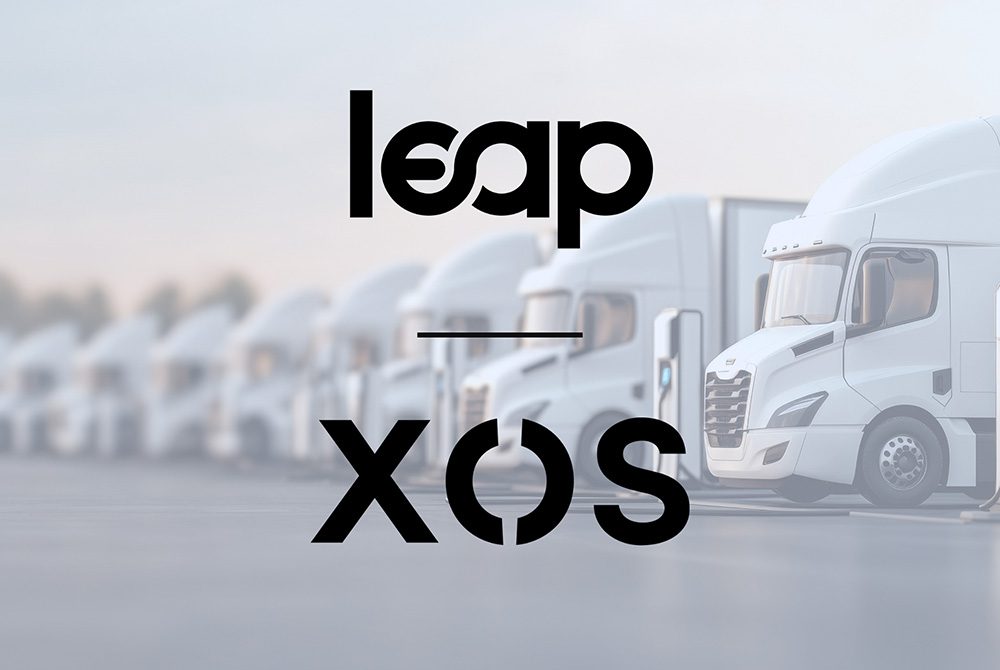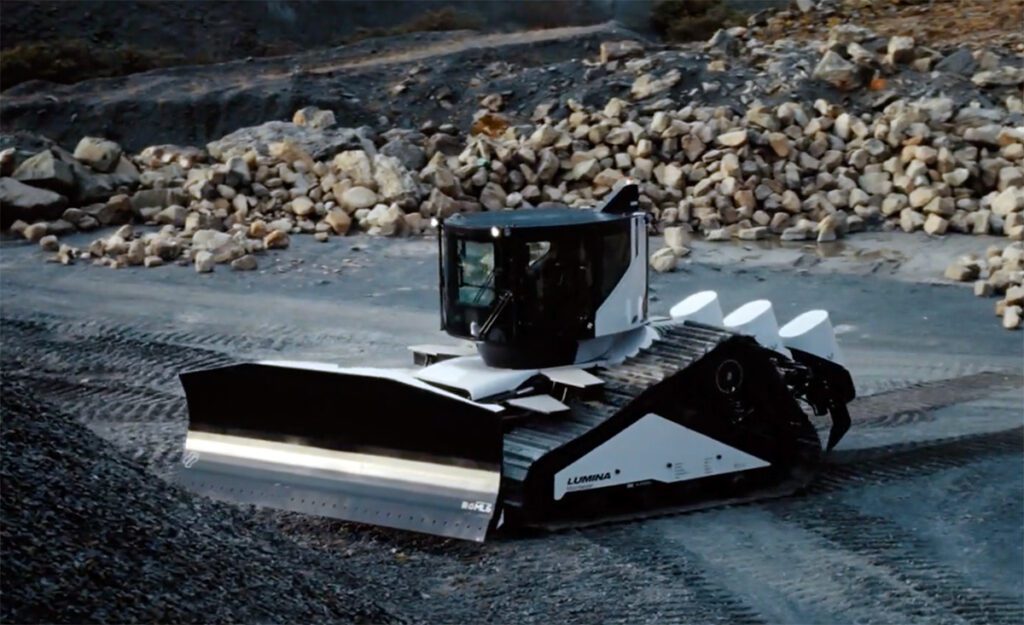The permanent-magnet synchronous motor is the type of motor most frequently used in EVs, but it is based on magnets that require rare earth materials, which gives automakers an incentive to seek alternatives. As readers of Jeffrey Jenkins’s regular articles know, there are various other options, each with its own pros and cons regarding use in EVs.
Now Tier 1 supplier ZF has developed an electric motor which requires no magnets. In contrast to the currently available magnet-free Separately Excited Synchronous Motor (SESM), ZF’s In-Rotor Inductive-Excited Synchronous Motor (I2SM) transmits the energy for the magnetic field via an inductive exciter inside the rotor shaft. ZF says this makes the motor uniquely compact, with maximum power and torque density.
According to ZF, compared to common SESM systems, the inductive exciter can reduce losses for energy transmission into the rotor by 15 percent. Also, the CO2 footprint of productioncan be reduced by up to 50 percent compared to PSM motors that use rare earth materials.
“This uniquely compact electric motor without magnets is impressive evidence of our strategy to make e-drives more resource-efficient and sustainable, primarily through efficiency improvements,” said Stephan von Schuckmann, Member of the Board of Management of the ZF Group.
ZF says its I2SM eliminates the drag losses created in traditional PSM e-motors. This enables better efficiency at certain operating points such as long highway trips at high speed.
To ensure that the magnetic field in the rotor is built up by current instead of magnets, current SESM concepts still require sliding or brush elements in most cases, ZF explains. The I2SM does not require any brush elements or slip rings. As with a permanently magnetized synchronous motor, the rotor is efficiently cooled by circulating oil. Compared to a typical separately excited synchronous motor, ZF says its I2SM requires up to 90 millimeters less axial installation space. In terms of power and torque density, however, it operates at the level of a PSM.
ZF plans to develop the I2SM technology to production maturity and offer it as an option within its own e-drive platform, in both 400-volt and 800-volt variants.
“With this magnet-free e-motor without rare earth materials, we have another innovation with which we are consistently improving our electric drive portfolio to create even more sustainable, efficient and resource-saving mobility,” said Dr. Holger Klein, CEO of ZF.
Source: ZF







